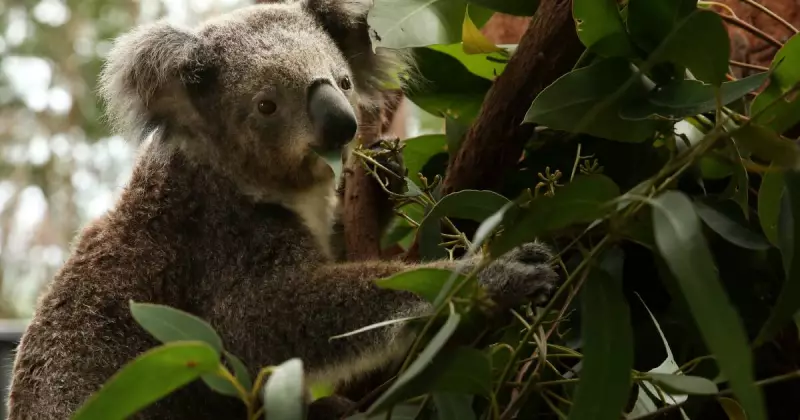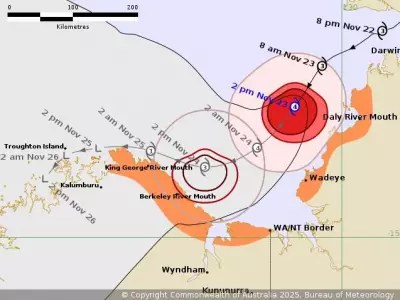
In the heart of Port Stephens, a critical battle is unfolding between urban expansion and wildlife preservation, with the region's iconic koala population hanging in the balance. While housing affordability dominates public discourse, environmental advocates argue we're overlooking the devastating ecological consequences of large-scale land clearing.
The Development Pressure Points
Two major projects threaten to fragment crucial koala habitats in the Port Stephens region. Approximately 70 hectares of Wallaroo State Forest will be cleared for the Stone Ridge Quarry, drawing concern from local residents and environmental groups.
More alarmingly, plans are advancing for the Kings Hill Urban Release Area (KHURA) north of Raymond Terrace, which would clear more than 270 hectares of vital habitat. The developer has persisted through multiple rejections, including by the Joint Regional Planning Panel in 2018 and subsequent appeals to the Land and Environment Court in both 2023 and 2024.
Despite these setbacks, the developer has recently lodged development applications for two lots within the concept plan with Port Stephens Council, raising concerns about inadequate cumulative impact assessments.
Genetic Crisis for Koala Populations
Scientific evidence reveals a dire situation for Port Stephens' koalas. Genetic data shows koalas have already split into multiple isolated clusters within the Local Government Area. Without immediate council intervention supported by state resources, experts warn Port Stephens koalas will face local extinction.
Habitat fragmentation leads to isolation, which in turn causes loss of genetic diversity and reduced resilience to climate change. This fragmentation is already occurring with quarry developments in Wallaroo State Forest and along Italia Road.
If population clusters remain disconnected, isolated koalas cannot disperse or mate, creating an urgent need for habitat connectivity through properly designed corridors.
Failed Conservation Measures
The Kings Hill area forms part of the critical Barrington to Port Stephens wildlife corridor. The Hunter Regional Plan 2041 mandates councils to plan for regional biodiversity corridors with minimum widths of 390 to 425 metres.
However, the wildlife corridors proposed by the developer fail to comply with these guidelines. Additionally, the planned conservation areas and corridors would be fenced, preventing the necessary connectivity for maintaining genetically healthy koala populations.
Kings Hill represents a significant greenfield site with diverse ecological value, hosting not only koalas but vulnerable species including phascogales, grey crowned babblers, sea eagles, and endangered grey-headed flying foxes.
The proposed 3500 dwellings would dramatically increase threats to wildlife through vehicle strikes, domestic pet attacks, and environmental stressors that can lead to disease and infertility in koalas. The Port Stephens koala hospital already deals with these tragic scenarios daily.
Margarete Ritchie of Koala Koalition EcoNetwork Port Stephens emphasizes that urgent action is needed to prevent local extinction. The organization has launched a petition available at change.org/SaveKingsHillKoalas, calling for integrated, evidence-based intervention and more sustainable housing strategies.
Without immediate protection measures, Port Stephens' koalas may soon exist only in zoos and wildlife parks, forever lost from their natural habitat.





